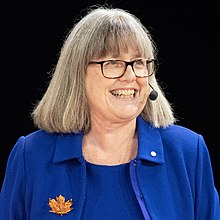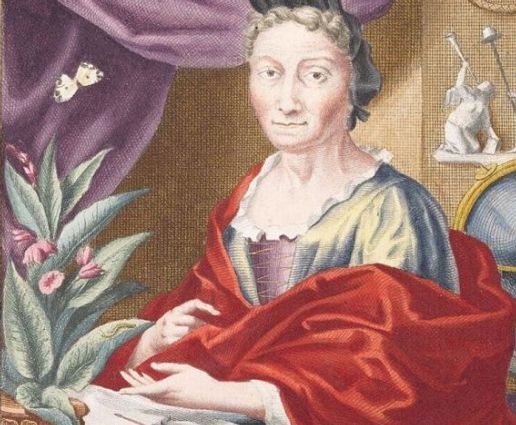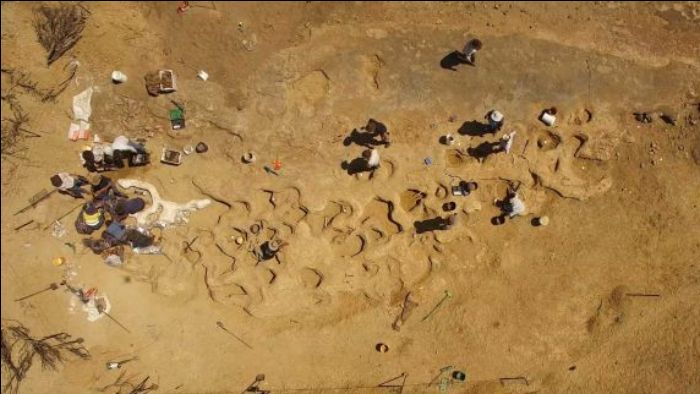What is Photosynthesis?
- Photosynthesis is a process carried out by all green plants. The plants use carbon dioxide and water to make oxygen and a sugar called glucose.
- The glucose might be used by the plant for energy, or stored in the form of starch. Glucose and starch are carbohydrates – food sources that animals (like us) need to eat as a source of energy, as, unlike plants, we cannot make our own food.
- The process of photosynthesis removes carbon dioxide from the atmosphere and releases oxygen into the atmosphere – oxygen that animals (like us) need to breathe.
- Whilst it is tempting to summarise photosynthesis by saying that plants do the opposite to us, by ‘breathing in’ carbon dioxide and ‘breathing out’ oxygen – that is not true, for a couple of reasons.
- Firstly , plants do not have any organs like the lungs in animals where gas exchange takes place. Instead gases pass into and out of the plant via tiny holes in the underside of the leaves. These holes are called stomata and they are shown in the photo. The cells on either side of the stomata can change shape to open or close it.
- Secondly, just like all other living things, plants respire. They use oxygen and glucose to produce energy so they can grow and reproduce. The difference between plants and animals though, is that the plant itself produces the glucose, but animals must get it from the food they eat.




